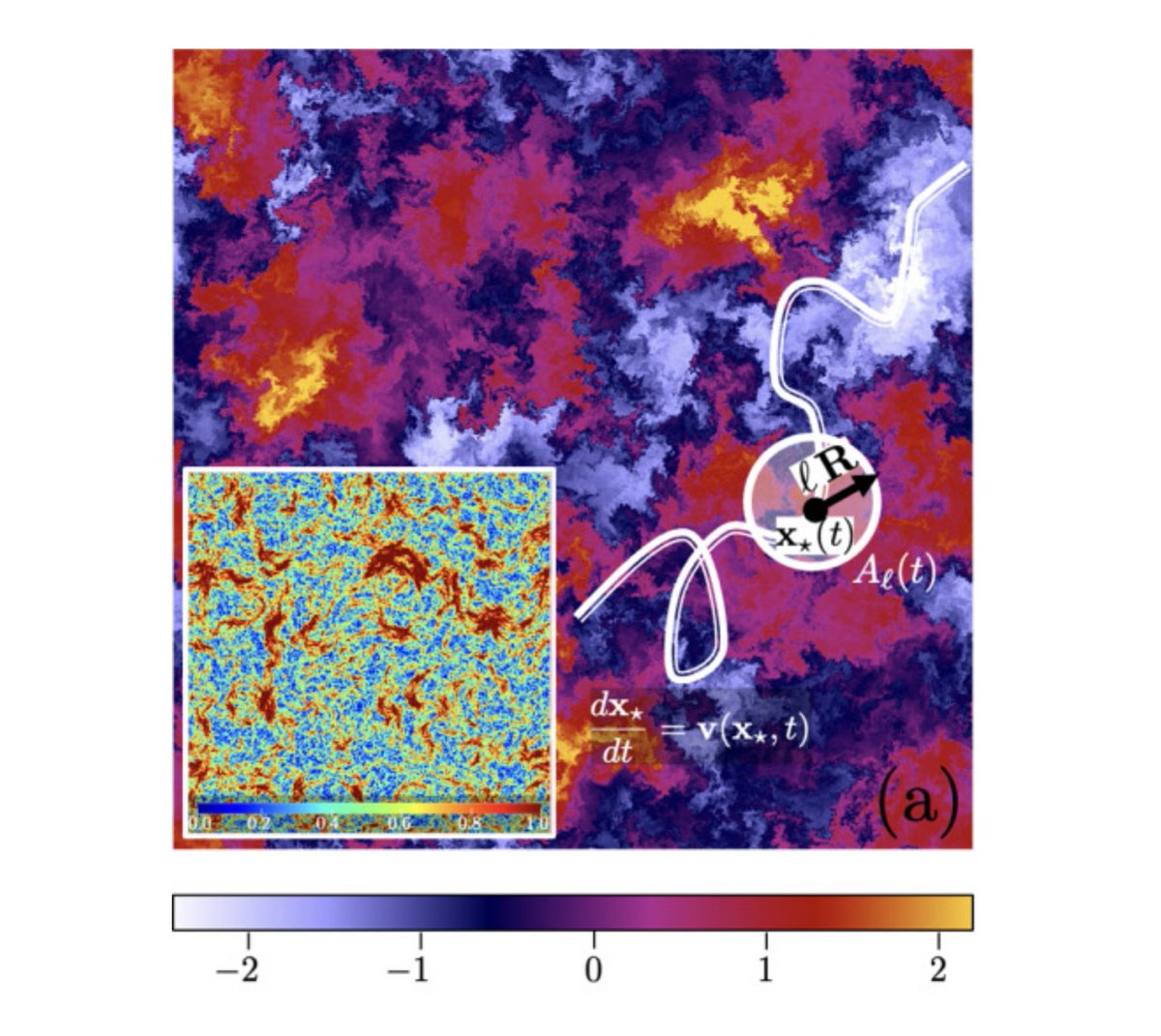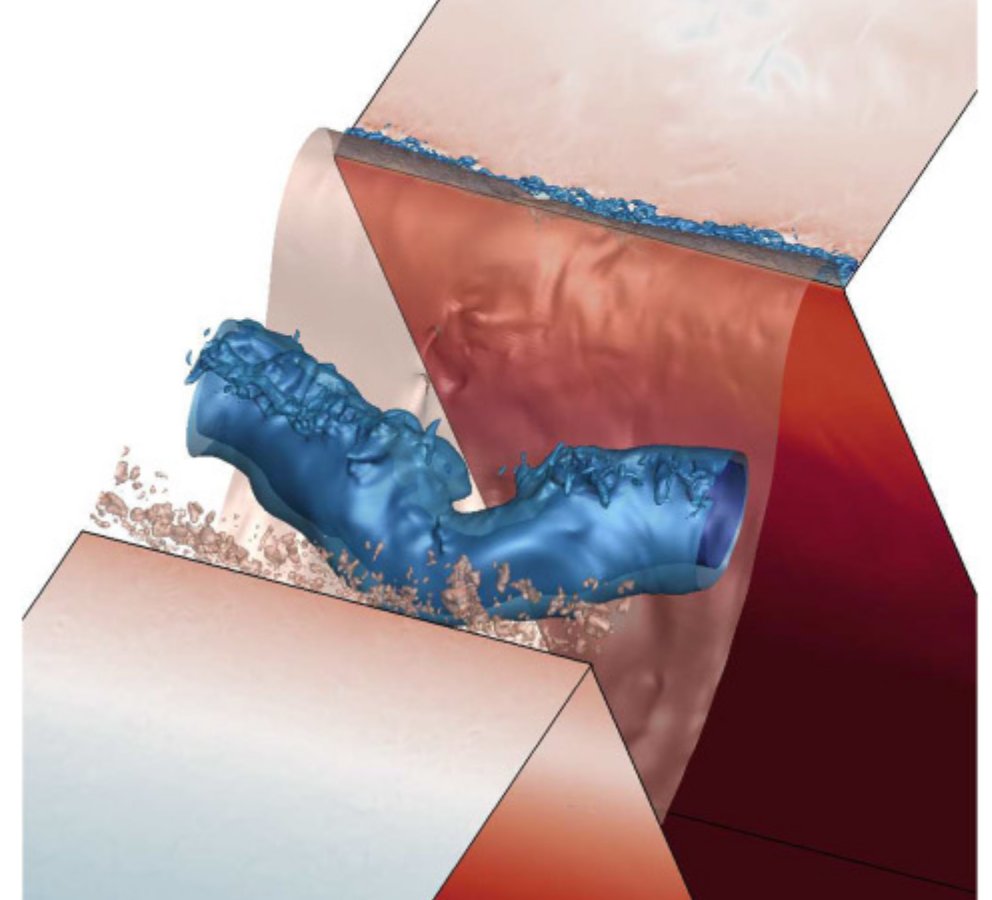
Physical Review Fluids
@PhysRevFluids
Followers
10K
Following
139
Media
676
Statuses
1K
@APSPhysics journal publishing innovative research that will advance the fundamental understanding of fluids.
College Park, MD (HQ)
Joined December 2015
Take a look back at some of the outstanding papers published in PR Fluids in 2024 as well highlights from our Journal Club, the APS DFD award-winning posters and videos, and Frenkiel Award winners. (Music from #Uppbeat : License code: POH6OBESMHQOEGJP)
3
15
59
Why do Lagrangian particles in turbulence separate faster backward in time than forward? In a new Letter, @ronshnapp shows this irreversibility is driven by how the particles' velocities align with the separation vector, rather than their speed.
3
29
114
A splitter plate on the windward side of a cylinder can amplify, rather than suppress, rotational vibrations. Simulations by @ak_pandey94 & @R_Bhardwaj_IITB at low Reynolds numbers show regimes from vortex-driven large-amplitude oscillations to chaos. 🔗
0
15
71
🗓️ From the July issue.(1) (2) (3) (4) These papers, along with all others published in Phys. Rev. Fluids last month, are available at #fluiddynamics
0
9
30




















